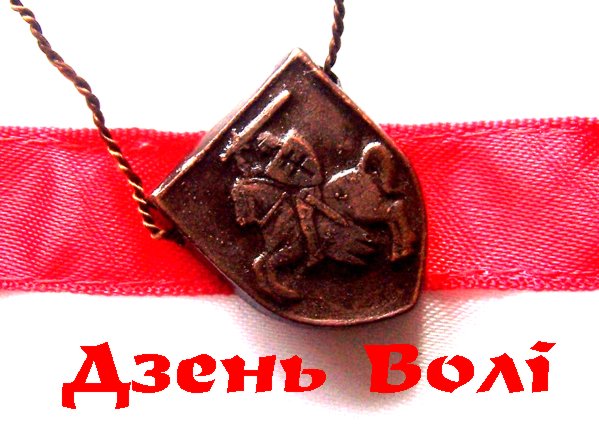Report on monitoring the public event on Freedom Day in Minsk (March 24, 2013)
On March 24, 2013 the pro-democratic forces of Belarus held a traditional event dedicated to the anniversary of the proclamation of the Belarusian People’s Republic in 1918.
Based on the analysis of the observers’ questionnaires, the HRC “Viasna” comes to the following conclusions:
1. In accordance with the legislation of Belarus, the organizers of the mass event applied to the Minsk City Executive Committee for permission to hold a march and a rally. On March 12, 2013 the organizers received a response from the Minsk City Executive Committee. While allowing the mass event in general, the organizers were ordered to change the assembly point and the route of the procession. Besides, the authorities’ response stresses that Art. 2 of the Law “On Mass Events in the Republic of Belarus” defines the march as a mass event without the use of insignia, posters and banners. According to the Code, such symbols can only be used during a demonstration. The organizers of the public event were virtually banned to use any flags or posters, and warned that in case of violation of the rules of law, the participants and the organizers might be prosecuted under administrative procedures. The event organizers agreed to the terms, but encouraged the demonstrators to use the white-red-white insignia during the mass gathering.
1.1. The demonstrators actively used national symbols, logos of organizations, as well as posters, and other things.
1.2. The HRC “Viasna” recommends the organizers of mass events to more precisely adhere to the requirements of the legislation of the Republic of Belarus when submitting applications to the local authorities in order to avoid situations that could provide for formal grounds for prosecution in the future of both the organizers and the participants of the mass event.
2. The mass event was attended by no more than 1,000 participants.
3. The rally was peaceful. The demonstrators were behaving peacefully; they did not violate traffic regulations or the demands of policemen.
4. On the eve of the mass gathering, the human rights defenders did not record cases of preventive detentions of potential active participants in the event. This illegal practice has been active during the last few years and treated as arbitrary detention by the human rights defenders.
4.1. However, Uladzimir Kapelkin, a 17-year-old youth activist of the town of Polatsk, was detained on his way to Minsk to take part in the march.
4.2. Tatsiana Haurylchyk, journalist of the “Nasha Niva” newspaper, was detained while shooting policemen in a subway station in Minsk.
All the detainees were eventually released without charges.
4.3. In addition, in contrast to similar events in the previous years, the police did not close the metro station next to the place of gathering.
5. During the mass event, the policemen were following the demonstrators, as well as lining the perimeter of the march, without creating obstacles to its participants. The procession was followed by police officers in the uniform “Police” and “SWAT”. There were many policemen in civilian clothes, including persons who maintained video surveillance of the procession. Most policemen had ID cards.
6. The observers did not register any obstacles to the work of mass media during the mass event.
7. As a positive point we note that representatives of the press-service of the police department of the Minsk City Executive Committee were in contact with the observers who were present at the event.
8. After the event, the police detained eight people; three of them are the citizens of Ukraine. All the detainees were charged under Art. 23.4 of the Code on Administrative Offences (“failure to obey demands by representatives of the authorities”) and are facing penalties of up to 15 days of administrative arrest.
The detentions are groundless and do not correspond to both the course of the event, which was very peaceful, and the behavior of its individual participants.
Thus, the Human Rights Center “Viasna” notes that the Freedom Day event of March 24, 2013 was mostly peaceful. However, the police used unjustified arrests against the protesters. This is unacceptable and indicative of the fact that during the rally the authorities unduly restricted the right of citizens to peaceful assembly, while a number of demonstrators were subjected to administrative responsibility.
The monitoring of the mass event was contributed to by six observers of the HRC “Viasna”. The observers attended the mass gathering and monitored the transportation of the detained participants to the police department.


















